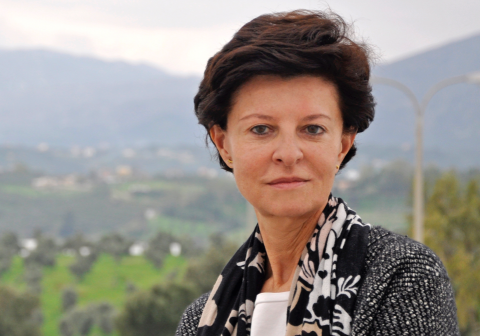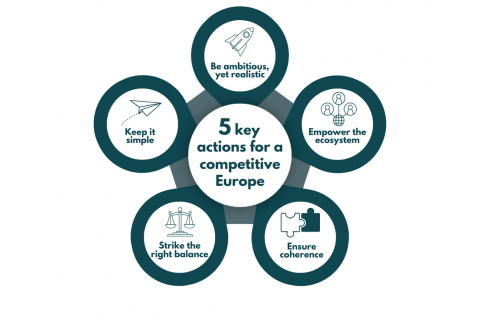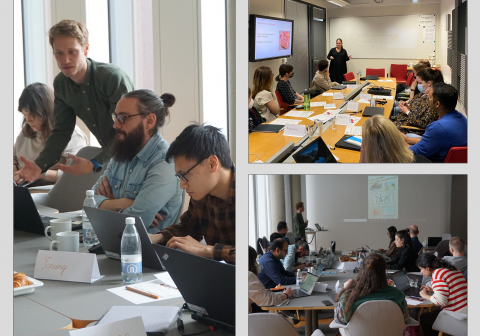New EU-funded project investigates embryonic stem-cell division
Researchers have just launched an EU-funded project that will investigate the different ways embryonic stem cells divide.When embryonic stem cells start to divide and develop into tissue, they do this through a process called differentiation. Each stem cell has the potential to differentiate into different types of tissue cells such as neurons, muscle, or blood cells, and the molecular mechanisms that determine its fate are highly complex.
The 4DCELLFATE ('Developing a global understanding of the PRC and NuRD complexes in stem cell differentiation, in health and disease') project received a funding boost of almost EUR 12 million from the 'Health' Theme of the EU's Seventh Framework Programme (FP7). It will investigate the sophisticated and dynamic protein machineries that control the earliest steps of differentiation: polycomb repressive complex (PRC) and nucleosome remodelling and deacetylase (NuRD) complexes, which are both critical for switching genes off and on at the right time and in the right cell type.
By understanding how these complexes determine cell fate, scientists can develop models for diseases such as cancer. The models can be used both for further research and for developing personalised medicine therapies.
The project consortium brings together researchers from academia and industry in Belgium, Denmark, Germany, Spain, Italy, the Netherlands, Sweden and the United Kingdom; it comprises eight academic labs, three research-intensive small and medium-sized enterprises (SMEs) and a large pharmaceutical company.
Project coordinator Luciano Di Croce, from the Center for Genomic Regulation (CRG) in Barcelona, Spain, comments on the new project: 'This network has brought together the optimal mix of expertise, laboratories, techniques, and resources to finally elucidate how the fate of a cell is decided and how to apply this knowledge to regenerative medicine.'
Together the European team will tackle the question of how the PRC and NuRD complexes function across space (the genome) and time (during differentiation). To find answers, they will use cutting-edge technologies such as structural biology, light microscopy, proteomics, high-throughput sequencing, and computational modelling.
By working closely, 4DCELLFATE partners will be able to directly translate fundamental laboratory findings into new research and medical solutions, focusing on developing novel genome editing tools, refined methods for stem cell differentiation, new computational models of disease, and, ultimately, new drugs.
In addition to generating new methods and models of disease, the knowledge gained as part of the project will help scientists develop molecules that better control stem cell differentiation cultured in a dish outside the human body, or ex vivo.
Stem cells have huge potential and are a valuable source of human tissue; in the future, they could be used to generate a reliable source of tissue such as liver to study disease progression in culture. They could also be used to screen and develop drugs, allowing questions to be answered about what has gone wrong in a disease's treatment and how to improve it with small molecule drugs.



